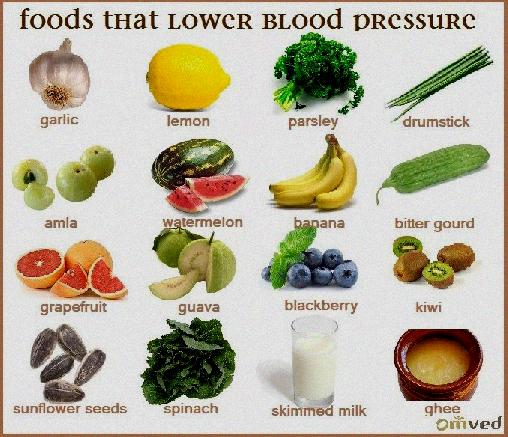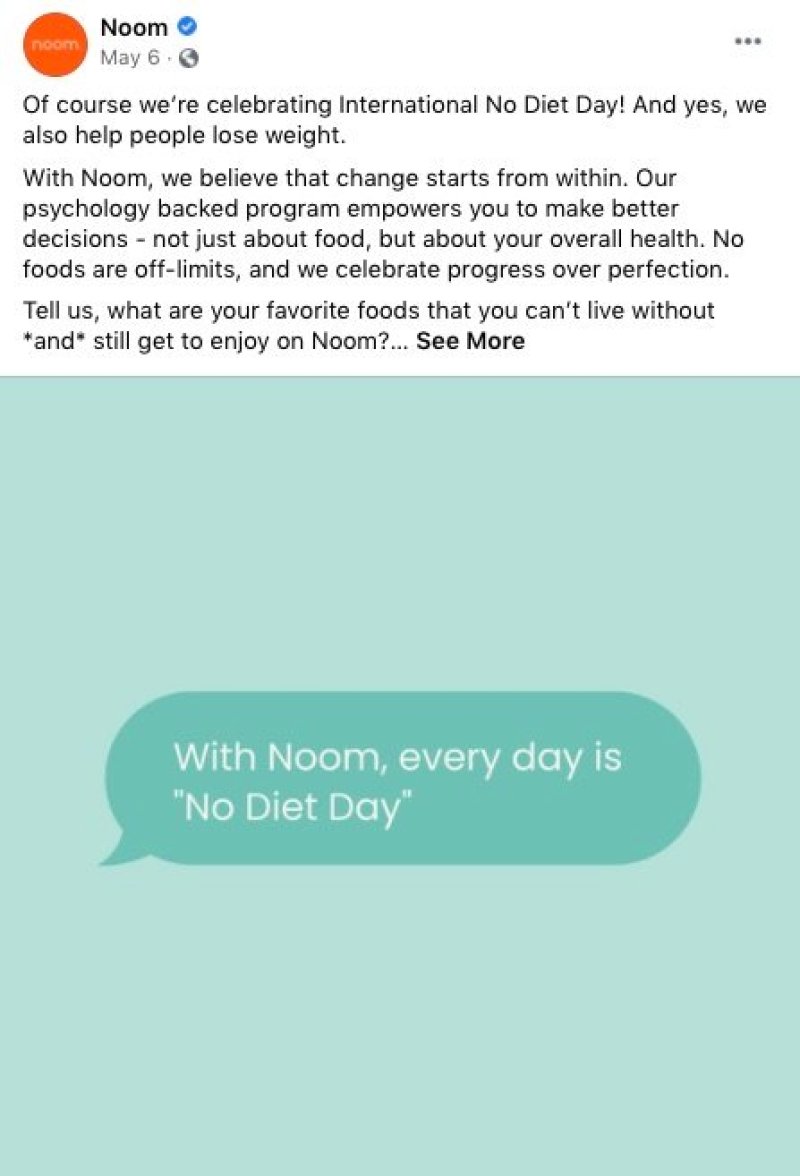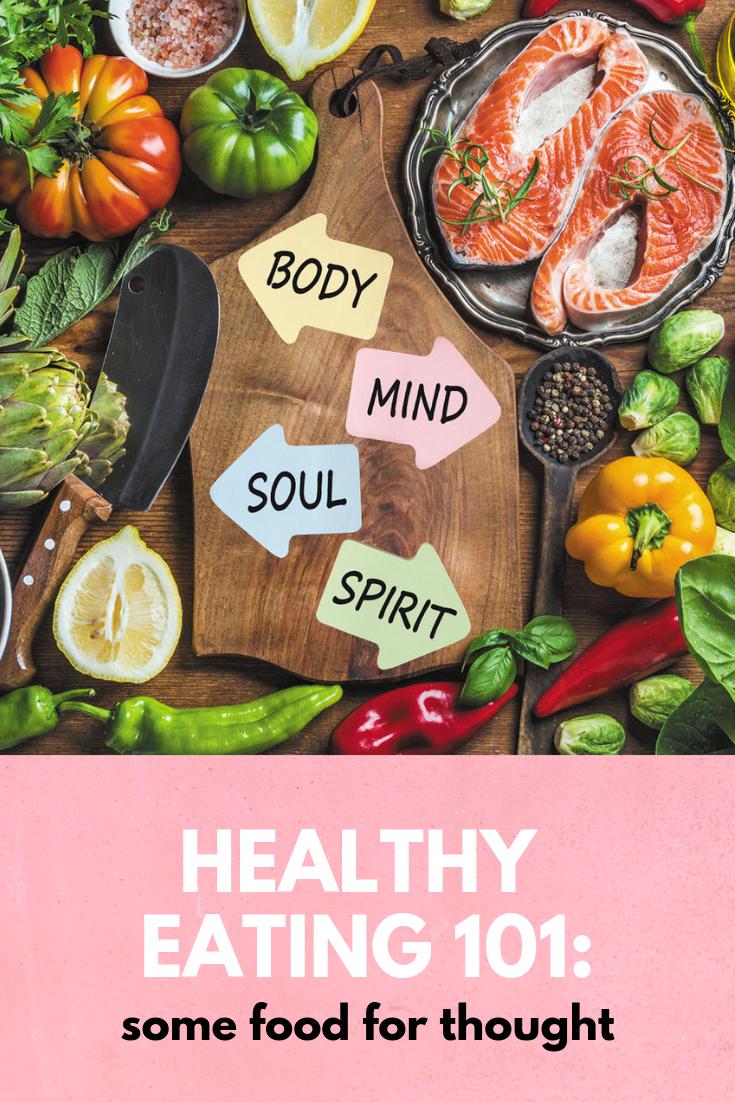
The food group chart includes seven types of nutrition that are essential for human health: carbohydrates, proteins, lipids and vitamins, minerals, fiber, water, and water. For a healthy lifestyle and to grow strong, every person should consume at minimum one of these nutrients daily. Vegetables should be replaced with lean protein such as fish or meat. Legumes and uncooked grains may be added to your diet as a protein source. These sources contain more than 4 to 6 percent protein.
Children in the ten- to eleven year old age range may become self-conscious about what they look like and want to lose weight. It is important to help them understand that everyone is not the same size. For this reason, they should consume foods from all five food groups, avoiding those high in fats and sugars. These foods are also low-in sugar and high in saturated fat. The children should also eat foods belonging to all five food groups because they contain the most vitamins and minerals.

The food group chart is not limited to these foods. Many cultures have even created their own versions of the food group charts to include their favourite foods. The dietary pyramid includes the A, B and C' food groups. It is important to ensure that you are eating the right amount of each food in your daily diet. The food guide pyramid and the MyPlate website contain a lot of information about what's good for you and your health. The USDA website's food chart is the most beloved.
It is important to eat enough fruits and vegetables in your daily diet. You can do this by looking at the food chain for each food group. There are many food groups that are rich in vitamins, minerals. Orange vegetables, for example, have higher levels of vitamin A than those made from white potatoes. It is a good idea to include a portion of each type of vegetable and fruit to your daily meals to ensure you get all the nutrients you need.
The Food Guide Pyramid lists how many of each type and quantity of food to be consumed each day. The food pyramid has symbols for sugar or fat as well as the recommended intake for each food type. The pyramid's most important component is fat and sugar. It is recommended that you limit your intake to 30% of your daily calories. In addition to fruit, vegetables and meat, you should also include some dairy and protein.

The food pyramid lists the different types of food groups in the world. Because the food pyramid is designed to benefit humans, it requires that a person eat different foods from each group. In the US, meat is a major food source of iron and protein, but it can also contain significant amounts of zinc and vitamin B12. It is important that you choose the right type of meat for your child's age.
FAQ
What is the best diet for me?
There are many factors that influence the best diet, including your gender, age, weight, health condition, lifestyle, and personal preferences. You should also consider how much energy your exercise consumes, whether you like low-calorie or high-calorie foods, and what you enjoy in terms of eating fruits and veggies.
If you are trying to lose weight, then you may want to try intermittent fasting. Intermittent fasting allows you to consume only certain meals per day, instead of eating three large meals. This may be a better option than traditional diets with daily calorie counts.
Intermittent fasting is believed to increase insulin sensitivity. It may also reduce inflammation. This may lead to a decrease in diabetes risk and blood sugar levels. Some research also suggests that intermittent fasting might promote fat loss, and improve overall body composition.
How much should I weigh for my height and age? BMI calculator and chart
Use a BMI calculator to determine how much weight is needed to lose. The healthy BMI range for a healthy person is 18.5 to 24.9. You should lose about 10 pounds each month if you are trying to lose weight. Simply enter your height, weight and desired BMI into the BMI calculator to calculate it.
Check out this BMI chart to determine if you are overweight or obese.
What can you do to boost your immune system?
The human body is made up of trillions and trillions of cells. These cells work together to form organs and tissues that perform specific functions. One cell is replaced by another when it dies. The chemical signals known as hormones are used to communicate between cells. All bodily processes are controlled by hormones, including metabolism and immunity.
Hormones can be described as chemicals produced by glands in the body. They circulate through the blood stream and act as messengers to regulate how our bodies function. Some hormones can be produced in the body, while others may be made outside.
When a hormone-producing gland releases their contents into the bloodstream, hormone production begins. Once hormones become active, they move throughout the body until reaching their target organ. In some cases hormones can remain active for only a few hours. Some hormones remain active for longer periods of time and can continue to have an impact on the body's function long after they are gone.
Some hormones may be produced in large numbers. Others are produced in smaller amounts.
Some hormones are produced at certain times during life. For instance, estrogen is produced during puberty, pregnancy, menopause, and old age. Estrogen assists women with breast development, bone density, and osteoporosis prevention. It also promotes hair growth and keeps skin smooth and soft.
What's the difference between a calorie and kilocalorie?
Calories measure the energy content of food. Calories are a unit of measurement. One calorie equals one degree Celsius of energy to raise water temperature by 1 gram.
Kilocalories are another term for calories. Kilocalories measure in thousandths a calorie. For example, 1000 calories equals one kilocalorie.
How do you measure body fat?
A Body Fat Analyzer will give you the most accurate measurement of body fat. These devices are used to determine the percentage of bodyfat in people who desire to lose weight.
What should I eat?
Take in lots of fruits and veggies. These fruits and vegetables are high in vitamins, minerals, which can help you keep your immune systems strong. Also, fruits and vegetables are rich in fiber. This makes them filling as well as helping with digestion. Aim to eat five to six servings of fruit each day.
Make sure you drink plenty of water too. Water flushes toxins from your body and helps you feel full between meals. Drink about eight glasses each day.
Consume whole grains and not refined. Whole grains retain all nutrients including B vitamins, iron and zinc as well as calcium, magnesium, calcium, protein, and magnesium. Refined grain has lost some of its nutrition.
Avoid sugary beverages. Sugary drinks are high in empty calories and can lead to obesity. Instead, you can opt for water or milk, as well as unsweetened herbal teas.
Avoid fast food. Fast food lacks nutritional value. While it might taste good, it won't give your body the energy it needs to function properly. Choose healthier options like salads, soups and sandwiches as well as pasta dishes.
Limit alcohol intake. Alcohol is a poor nutrient and has empty calories. Limit yourself to no more than two alcoholic beverages a week.
Reduce your consumption of red meat. Red meats can be high in cholesterol and saturated fat. Lean cuts of beef or pork, lamb and chicken, as well as fish, are better choices.
Statistics
- WHO recommends consuming less than 5% of total energy intake for additional health benefits. (who.int)
- This article received 11 testimonials and 86% of readers who voted found it helpful, earning it our reader-approved status. (wikihow.com)
- WHO recommends reducing saturated fats to less than 10% of total energy intake; reducing trans-fats to less than 1% of total energy intake; and replacing both saturated fats and trans-fats to unsaturated fats. (who.int)
- In both adults and children, the intake of free sugars should be reduced to less than 10% of total energy intake. (who.int)
External Links
How To
How to stay motivated and stick to healthy eating habits and exercise
Staying healthy is possible with these motivation tips
Motivational Tips to Stay Healthy
-
List your goals
-
Set realistic goals
-
Be consistent
-
Reward yourself when your goal is achieved
-
Do not give up even if you fail your first attempt.
-
Have fun